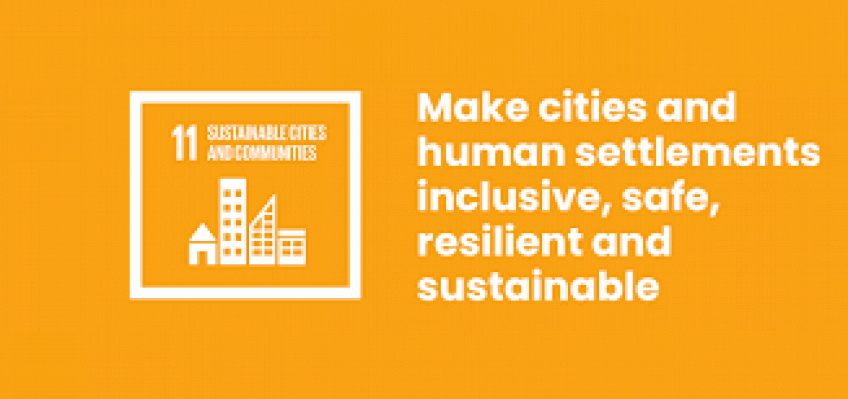
Elba2035 and Goal 11: Make Cities and Human Settlements Inclusive, Safe, Resilient and Sustainable
Thursday 24 september 2020
Elba2035 and Goal 11: Make Cities and Human Settlements Inclusive, Safe, Resilient and Sustainable
Agenda 2030 for Sustainable Development is an action plan for people, the planet and prosperity undersigned in September 2015 by the governments of the 193 Member states of the UN. The agenda is structured through 17 Sustainable Development Goals, SDGs, developing a grand action plan for a total of 169 "targets", with the ultimate purpose of leading the world along the right path during the next 15 years.
In its own small way Elba2035 sets out to follow the same purpose, with the same long-term ambitious vision: to start from an island territory such as Isola d'Elba with the aspiration of becoming a driving model for a sustainability revolution in the whole Country. At its foundations, a multi-stakeholder approach and a process of co-creation for a common vision and mission, to be shared among all the main players operating on the territory, always taking inspiration from the principles set out in Agenda 2030.
For example, in the three macro-topics characterising the workshops of Elba2035, many of the objectives pursue the same targets defined by Goal 11: to "Make cities and human settlements inclusive, safe, resilient and sustainable".
Indeed, the first technical workshop "Sustainable Tourism" focuses on how to integrate and improve the internal and external mobility of the island, taking care of the needs of residents and guests alike, increasing the ease of movement whilst at the same time reducing environmental impact. An objective closely resembling target 11.2:
"By 2030, provide access to safe, affordable, accessible and sustainable transport systems for all, improving road safety, notably by expanding public transport, with special attention to the needs of those in vulnerable situations, women, children, persons with disabilities and older persons."
The second workshop "People, Society and Culture", asking itself the question of how to build a local territorial identity capable of developing culture and traditions alongside education, public health and the urban centres of the island, guaranteeing a territory that is accessible and inclusive for everybody, draws inspiration from the following targets:
11.3 "By 2030, enhance inclusive and sustainable urbanization and capacity for participatory, integrated and sustainable human settlement planning and management in all countries."
11.4 "Strengthen efforts to protect and safeguard the world's cultural and natural heritage."
11.7 "By 2030, provide universal access to safe, inclusive and accessible, green and public spaces, in particular for women and children, older persons and persons with disabilities."
11.a "Support positive economic, social and environmental links between urban, peri-urban and rural areas by strengthening national and regional development planning."
11.b By 2020, substantially increase the number of cities and human settlements adopting and implementing integrated policies and plans towards inclusion, resource efficiency, mitigation and adaptation to climate change, resilience to disasters, and develop and implement, in line with the Sendai Framework for Disaster Risk Reduction 2015-2030, holistic disaster risk management at all levels."
Finally, Workshop3, "Environment and Beauty of the Local Territory". In this case, the Workshop's topic brings to attention the need to achieve the island's autonomy from the point of view of natural resources, therefore its aim is the improvement of water and waste management services, as well as power supply, with particular focus on the potential of renewable energy sources. Even in this case, Goal 11 acts as a guiding light with its Target 11.6:
"By 2030, reduce the adverse per capita environmental impact of cities, including by paying special attention to air quality and municipal and other waste management."

